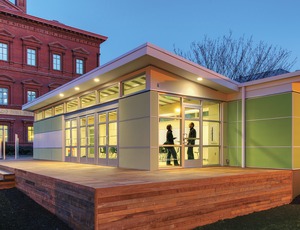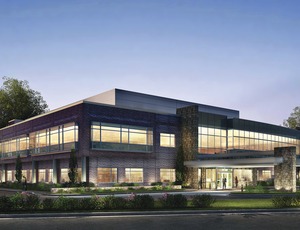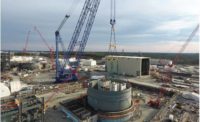Southeast architecture and engineering firms are seeing increased project activity by owners as well as heightened expectations regarding collaborative design processes and enhanced sustainability goals.


"Owners definitely want more comprehensive solutions faster and more efficiently delivered," says Willard Lariscy, principal and Southeast regional director with Perkins+Will, Atlanta. "They are also looking for a much higher-level analytical process, backing up assumptions with data-driven research as operational efficiency is the foundation to confident long-term investments."
In line with today's approach to a longer-term outlook, owners are evolving in their expectations for green building, too.
"We see colleges and universities having higher expectations for sustainability," says Darren Conner, Southeast president for Dewberry. On the other hand, he adds, "In the private sector, [owners] will continue to look at the return on investment—it's got to be black before it's green. But a lot of private owners want to do what's right, and in the long run, sustainable and energy-efficient solutions [are] often chosen."
Also, the focus on collaboration is upsetting traditional approaches to winning work from clients, as today's design tools often enable owners' boards of directors and other stakeholders to become increasingly involved with the discussion, adds Joseph Debs, executive vice president and chief marketing officer with Reynolds, Smith and Hills of Jacksonville, Fla.
"We are no longer operating solely in a peer-to-peer environment," Debs says. As a result, he adds, "We often include renderings, finance options and scheduling as add-ons to our basic design proposals."
Increasing Workload
The Southeast's market for design services is definitely getting busier as it evolves. According to McGraw-Hill Construction Dodge, the Southeast's two largest metro areas, Atlanta and Miami, experienced overall gains in new construction contracts through the first quarter of 2013 of 90% and 17%, respectively, compared with 2012's early pace.
John Komisin, president and COO with Charlotte, N.C.-based architectural firm Little, says: "[We are] active in all southeastern states, and we see continued improvement in demand for design services throughout the region." Overall, he cites data centers and higher education as two active project types.
Lariscy, with Perkins+Will, sees multifamily, hospitality and mixed-use projects as the most active, with corporate interiors work another improving market. However, he adds, the market for health care projects is definitely feeling the effects of federal reform.










Post a comment to this article
Report Abusive Comment